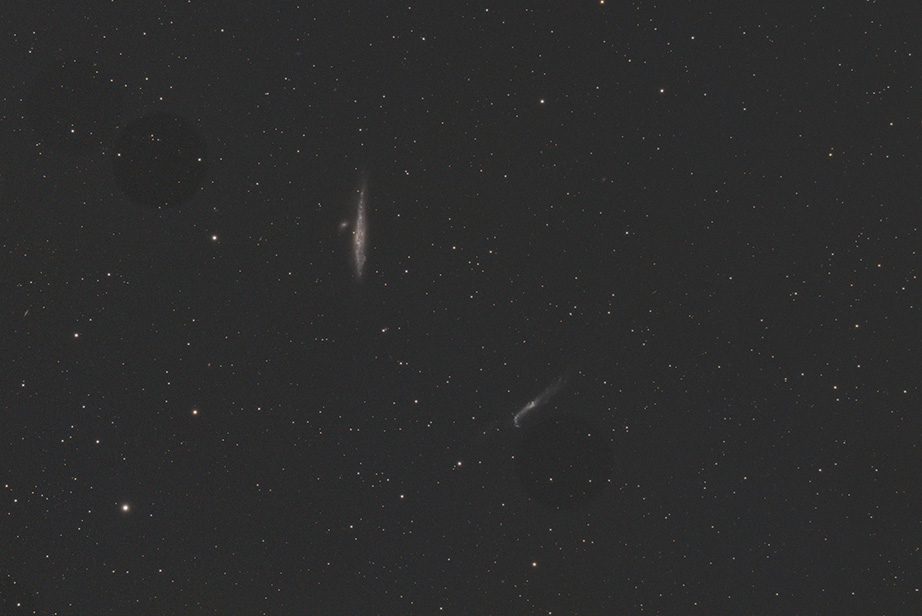I'm usually trying to image targets across multiple nights and have noticed some slight issues with calibration frames.
I find sometimes artifacts on the imaging train move around from night to night (gusts of wind blowing stuff around, etc). Other times, I may not center the image in the exact same spot and so the dust motes and stuff come up in different parts of the image.
This sometimes leaves artifacts on the calibrated image (see attached).
My question:
Is there a way to manage this?
Is it possible to take flats after each night and process them with that night's batch of images, then after, take the 3-5 calibrated images and stack those? Seems there must be a better way?
For reference, I currently take flats following the first night of imaging. I use a light panel and usually take 30-40. Then any lights I get over the next few nights will get stacked all at once with the calibration frames.
I'm pretty sure it's not the flats themselves that's the issue but rather the image alignment and artifacts moving, since this doesn't happen often and I've seen these dust motes on other images pre-processing.

I find sometimes artifacts on the imaging train move around from night to night (gusts of wind blowing stuff around, etc). Other times, I may not center the image in the exact same spot and so the dust motes and stuff come up in different parts of the image.
This sometimes leaves artifacts on the calibrated image (see attached).
My question:
Is there a way to manage this?
Is it possible to take flats after each night and process them with that night's batch of images, then after, take the 3-5 calibrated images and stack those? Seems there must be a better way?
For reference, I currently take flats following the first night of imaging. I use a light panel and usually take 30-40. Then any lights I get over the next few nights will get stacked all at once with the calibration frames.
I'm pretty sure it's not the flats themselves that's the issue but rather the image alignment and artifacts moving, since this doesn't happen often and I've seen these dust motes on other images pre-processing.

